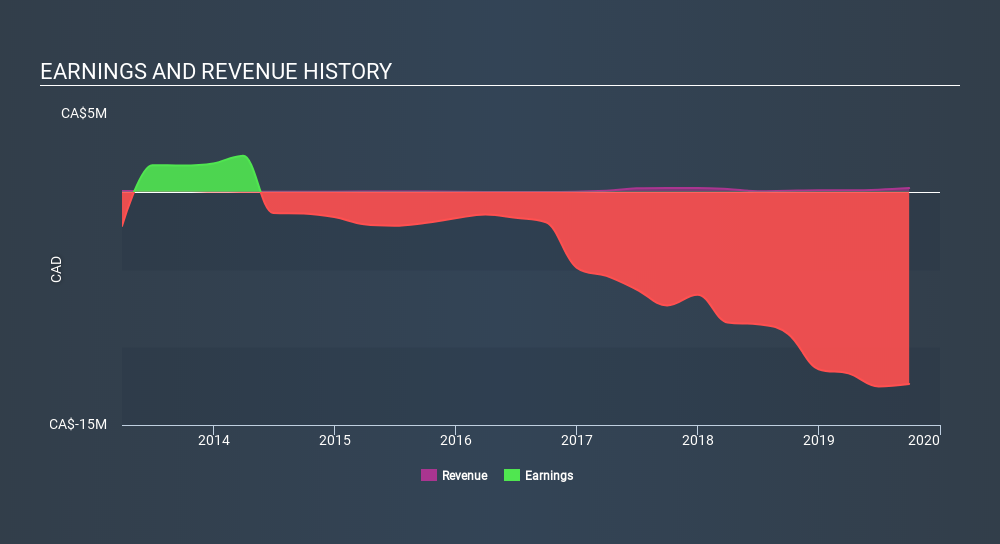Now, the region is in the midst of a latter day gold rush, thanks to the efforts of Canadian miner Kirkland Lake Gold ((KLA)) at developing the Fosterville mine into a 600,000 ounce a year, 46 grams a tonne monster.
“There’s never been a better time to be in gold right now in Victoria,” says Kalamazoo Resources’ ((KZR)) executive chairman Luke “Sco-Mo” Reinehr. “Kirkland Lake changed everything.”
Fosterville was considered a low grade and difficult mine until legendary Canadian mining investor Eric Sprott got involved with Kirkland Lake, resulting in an aggressive drilling program that uncovered riches much deeper than expected.
Reinehr notes that at Fosterville the lustrous stuff is also being produced at an “all in” cost of $318 an ounce, which with a circa $2100 an oz Aussie gold price implies the mine is spitting out more than $1 billion of free cash flow annually.
How good is that!
Can Kalamazoo emulate the Kirkland Lake miracle? Well, Sprott himself thinks so, this month taking up $4m of Kalamazoo shares in a placement. The TSX listed Novo Resources, of which Sprott is a director, took up a further $4m.
Enthusiasm for Victorian gold among deep pocketed folk is proving more infectious than the mysterious coronavirus in a Chinese transit lounge.
Last year, fellow Victorian explorer Navarre Minerals ((NVR)) raised $9m in a share placement to Canadian fund manager 1832 Asset Management, which became a 7% shareholder.
Other notable investors along for the Navarre ride are Kirkland Lake (with 10% of the register) and the Victor Smorgon Group (9%).
Gina Rinehart’s Hancock Prospecting has invested $7.9m in Catalyst Metals ((CYL)) which now bears a chunky $250m market cap.
Meanwhile Chalice Gold Mines ((CHN)) is 17% owned by exec chairman Tim Goyder, brother of erstwhile Wesfarmers and AFL supremo Richard.
Founded by “proud Victorian” Luke and Matt Reinehr, Kalamazoo had its roots in the Pilbara.
But they had closely monitored their own turf and cottoned on that Castlemaine Gold – the operator of a Ballarat mine acquired from Lihir Gold in 2008 – was being forced to relinquish its ground because it was not fulfilling it minimum exploration spending commitments.
Castlemaine Gold paid $10m for the Ballarat mine, after Lihir (now Newcrest) sunk $700m into it.
Reinehr says Castlemaine Gold’s new owner, Lion Gold had been “sucking every dollar out of Castlemaine and that means ending exploration.”
Not only did Kalamazoo win the ground for no more than an application fee, but the friendly Castlemaine also bestowed a database with 300 million pieces and the results of an 80,000 metre diamond core program.
“If someone were to buy that today I would hate to think what it would cost, the diamond samples have a $20m replacement value,” Luke Reinehr says.
Similarly, the unlisted Centennial Mining gave up its South Muckleford tenements (also known as South Maldon) and Kalamazoo hoovered these up as well.
“We now control the third largest and seventh largest historical gold fields in Victoria,” Reinehr declares.
Kalamazoo’s 445 square kilometres of prospects are in the greater Bendigo zone, which historically has produced 60 million ounces at an average 15 grams a tonne – 100 times higher than the global average
Castlemaine hosts Forest Creek: “site of the world’s richest shallow alluvial goldfield ever.” There’s even a plaque to prove it.
The company isn’t interested in the alluvial stuff, but is dead keen on finding the source of the gold in the ground.
Reinter acknowledges that to find “the next Fosterville”, the company has to spend some serious dollars. The starting point is a 10,000 metre program using diamond drilling, at a cost of $2.5m.
Just before Christmas, the company reported “exceptional” results at its Mustang prospect, including a 1.42 metre intersect grading 261 grams a tonne (with a sniff of visible gold at 1916 g/t).
The Sprott news sent Kalamazoo shares up as much as 45%, with the placement struck a 24% premium (40c a share).
Earlier, Kalamazoo raised $7m by selling a sold a WA prospect called Snake Well to former Asciano chief Mark Rowsthorn and his business partner Nathan Mitchell.
Given the fancy headline number, Kalamazoo has been allowed to pay in instalments.
Dual-listed on the Frankfurt exchange, Kalamazoo shares remain tightly controlled by the Reinehrs, who hold 32% post placement (the Sprott and Novo camps each hold 8%).
In the meantime, the Victorian government is due to announce the winner of a new tenement grouping called Block 4, which abuts the Fosterville mine. To describe the tender as hotly competed is somewhat of an understatement, with all of the key players expected to have competed in the Dutch auction process.
“We are going in hard we think we have a good chance,” Reinehr says.
- Source, FN Arena
